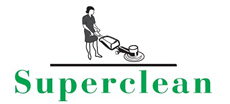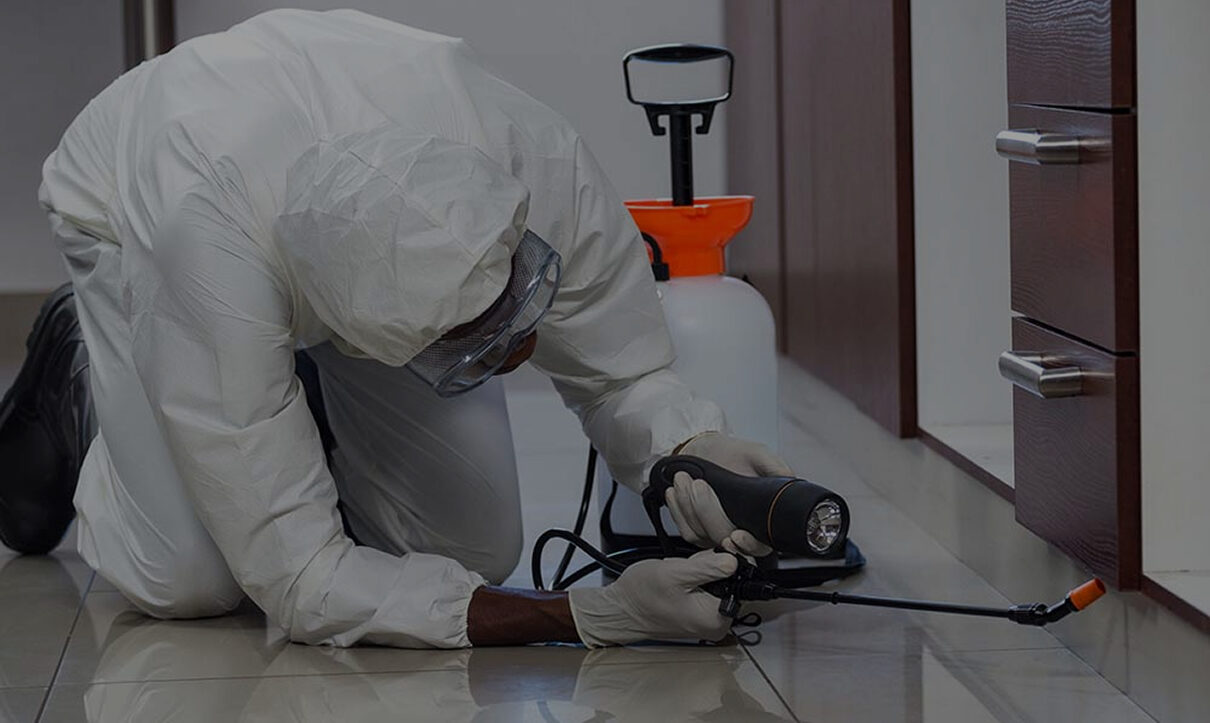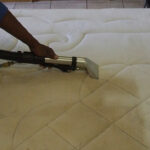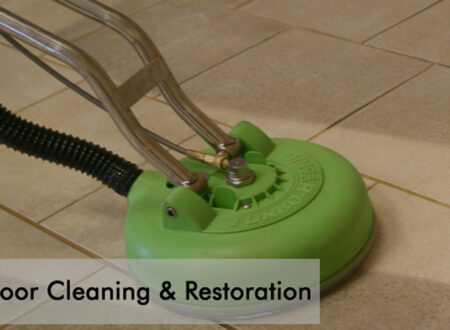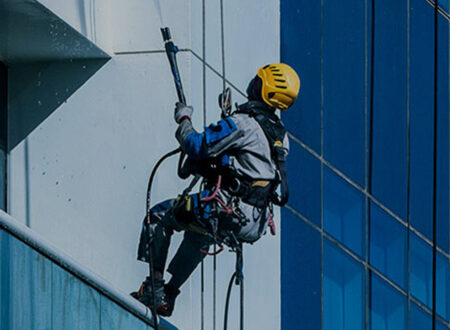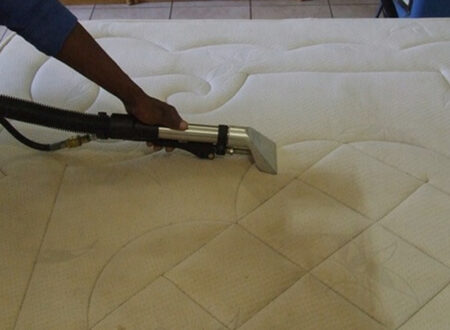In the age of technology, it’s important to be up-to-date on all the latest pesticide . That’s why we’ve put together this guide to help you understand what you need to know about fumigation and pest control. We’ll cover everything from the basics of pests to more complex topics like managing a farm. So don’t wait – get started today by downloading our guide and becoming an informed listener!
What is Fumigation.
There are a variety of ways to fumigate an area, including using pesticides and natural means. Fumigation can be used for a variety of purposes such as controlling pests, preventing damage, or providing protection from disease.
What are the Benefits of Fumigation.
The benefits of fumigation vary depending on the purpose for which it is used. For example, fumigation may provide protection from pests or damage, while also protecting humans and the environment from toxins released by the pest
What are the Requirements for Fumigation.
In order to do a good job of fumigating an area, you need to meet certain requirements:
1) The area should be well-maintained and free of clutter;
2) The fumigant must be safe and effective;
3) There must be enough space for people to work safely;
4) A monitoring system must be in place to track progress and results;
5) The overall cost should not exceed $10 per square foot; and
6) There must be regular scheduled maintenance performed on the fumigant equipment.
Section 2. What are the Different Types of Fumigation?What are the Different Types of Pesticides.
There are three main types of pesticides: organic, inorganic, and synthetic. Each type has its own set of benefits and drawbacks. For more information on each, please see the corresponding subsection below.
What are the Benefits of Fumigation?
There are a variety of benefits to fumigation that can be enjoyed by both humans and pests alike. Some of these benefits include prevention of damage, control of pests, and protection from disease. To learn more about how fumigation can benefit your business or home, consult with a professional fumigant supplier or read up on specific categories on websites like Google Flights or Kayak.
How to Get Started in Fumigation.
Choose the right Fumigation solution is key to a successful pest control project. By understanding the different types of fumigation, you can choose the right solution for your specific needs and budget.
Learn More About the Process of Fumigation.
Fumigation can be done using traditional air or gas treatments, optical systems, or both methods. Each method has its own pros and cons, so it’s important to understand the entire process before starting a fumigation project. You can also find information about pest control products on online resources like Google Earth or Wikipedia.
Get Started with Fumigation.
Once you have chosen the right Fumigation Solution and learned about the process of fumigation, it’s time to get started! The next step is to determine how much work will need to be done in order to achieve your desired results. This will depend on both your goals and the size of your project. Once you know what needs to be done, start planning by determining when and where the work will take place.
Tips for Successfully Fumigating Your Home.
When it comes to pest control, it’s important to know the warning signs of a dead animal. For example, if you see piles of dried animal remains or feathers in your home, you may be dealing with a pet that was recently deceased. If you notice any other red flags, such as an accumulation of manure or blood in your home, call a professional fumigator for help.
Use the Right Technique for Fumigation.
Fumigation is typically done using an electronic device known as an electronic pyrometer (E-pymeter). This tool measures the amount of smoke and heat produced by the fire when treated with a pesticide. The average E-pymeter canisters cost between $30 and $60 and take about 2 hours to treat an entire house. To achieve accurate results, use a licensed fumigator who has been trained in using the E-pymeter and follow safety Guidelines established by the manufacturer.
Conclusion
Fumigation is a great way to clean up your home. However, there are a few things you should be aware of before starting. First, always choose the right fumigation solution according to the type of animal you are trying to kill and the environment in which it was killed. Second, make sure to use the right technique for fumigation- using an American All Terrain Beetle sprayer or a toxic gas such as propane- if you are using an aerosol product. Finally, be sure to follow proper safety guidelines when conducting fumigation- wear a face mask during operation and avoid breathing in any harmful fumes. By following these simple tips, you can successfully clean up your home and protect yourself and your family from dangerous pests.
